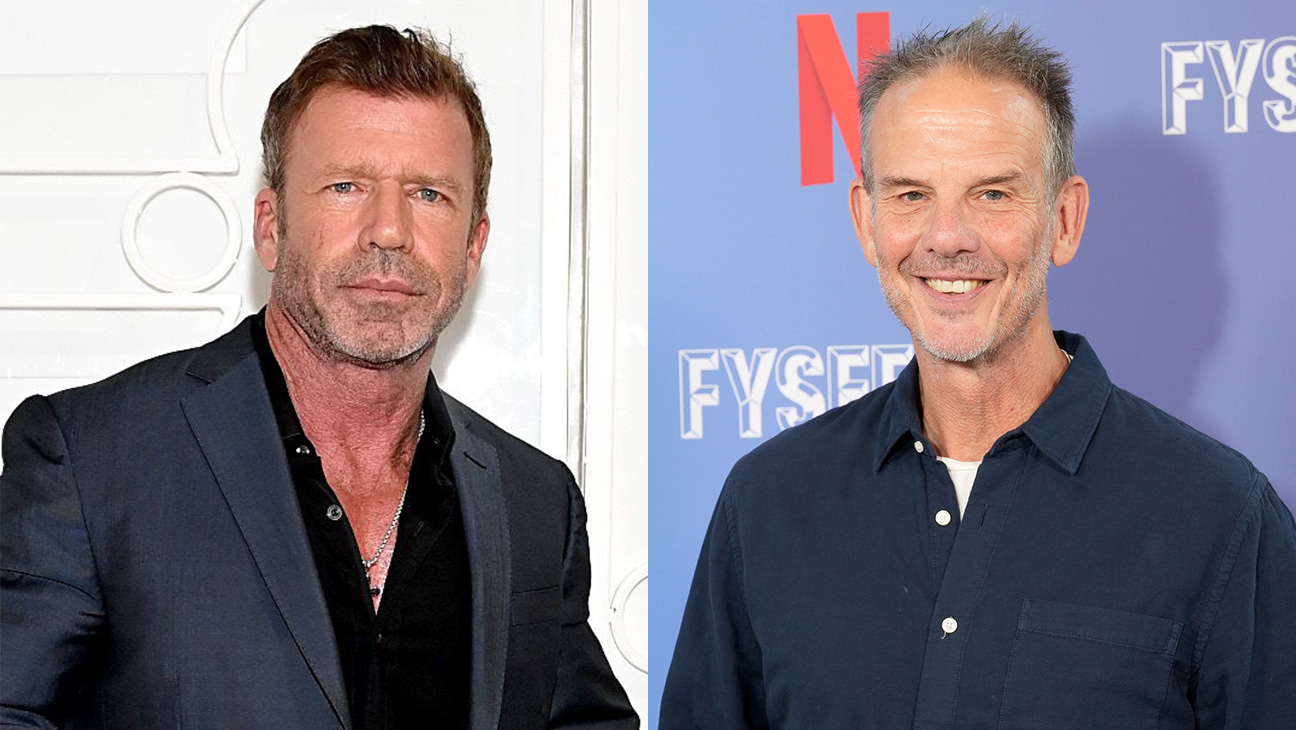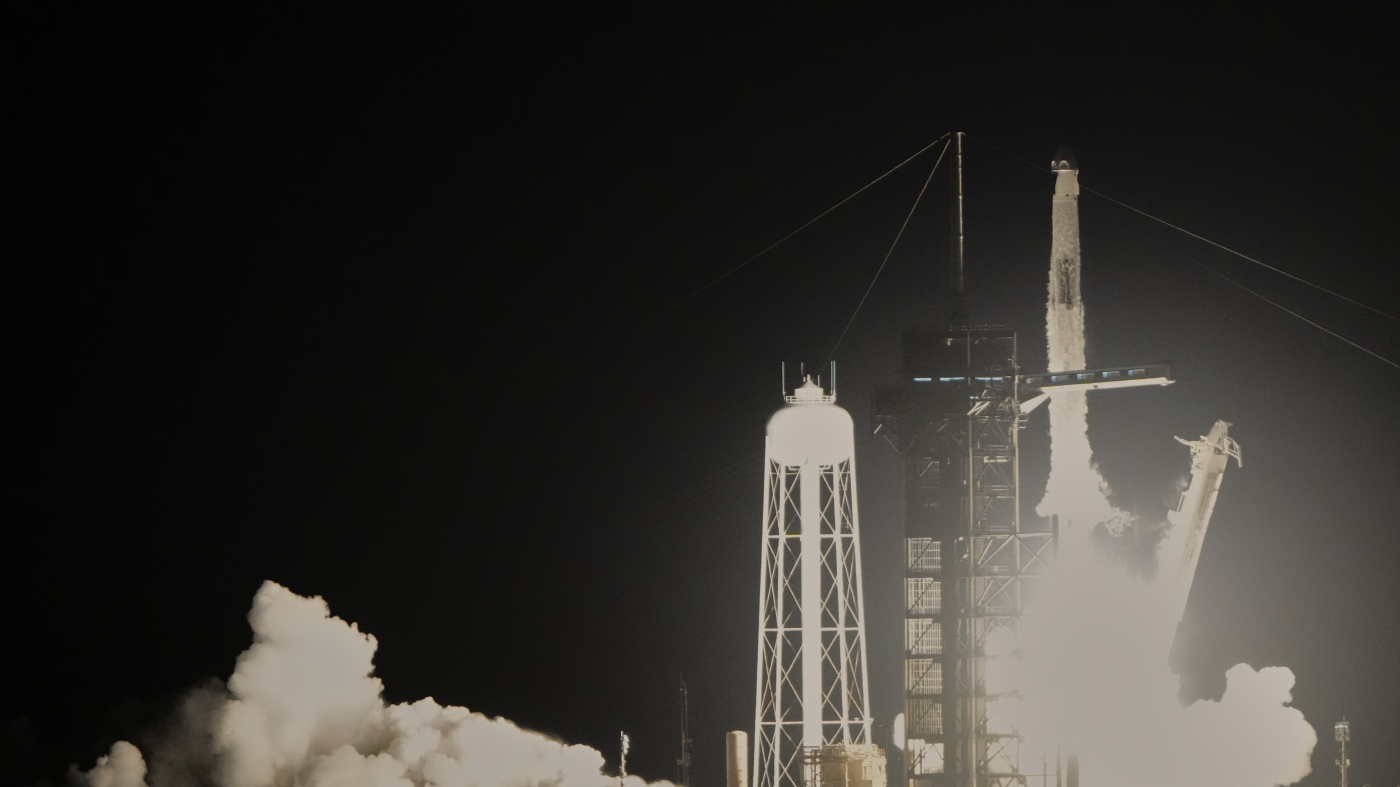EU Urged to Strengthen Defense Amid Rising Security Concerns

BRUSSELS (AP) — In a stark warning to member states, the European Union presidency has called for a significant increase in defense capabilities, citing a potential security threat from Russia by the end of the decade. Danish Prime Minister Mette Frederiksen emphasized the urgency of this initiative, urging that defense industries in Europe and Ukraine be significantly bolstered within the next five years.
The call to action comes amid growing geopolitical tensions and security challenges that have underscored the need for a unified and robust European defense strategy. Frederiksen’s statement highlights the necessity for the EU to prepare for potential threats, suggesting that the current pace of defense development may not suffice to meet future demands.
Current Defense Landscape
Europe’s defense capabilities have long been a topic of debate, with many arguing that the continent relies too heavily on NATO and U.S. military support. The European Union, while a formidable economic bloc, has historically struggled with cohesive defense policies due to varying national interests and budget constraints.
In recent years, the European Defense Fund was established to foster collaboration and investment in defense technologies among member states. However, the fund’s impact has been limited by bureaucratic hurdles and differing national priorities. The European Commission has also advocated for increased defense spending, but progress has been slow.
Expert Opinions and Strategic Implications
Defense analysts have pointed out that the EU’s current defense posture may not be sufficient to counter potential threats from Russia, especially as the geopolitical landscape continues to evolve. According to a report by the European Parliament, “Europe must enhance its defense capabilities to ensure security and stability in the region.”
Experts argue that a more integrated approach to defense could enhance the EU’s strategic autonomy. “Europe needs to act collectively to address these challenges,” said Dr. Andrea Schmidt, a defense policy expert. “Relying on external support is not a sustainable long-term strategy.”
By the Numbers: EU defense spending has remained below 2% of GDP for most member states, compared to NATO’s recommended benchmark.
Challenges and Historical Parallels
The proposal to ramp up defense industries faces several challenges, including budgetary constraints, political disagreements, and the need for technological advancements. Historically, Europe has faced difficulties in aligning defense policies, reminiscent of past efforts to create a unified European army, which have repeatedly stalled.
Germany and France, two of the EU’s largest economies, have been pivotal in defense discussions. However, their differing approaches to military engagement and budget allocations have often led to friction. The current call for increased defense capabilities may require unprecedented cooperation and compromise among member states.
Looking Ahead
The EU’s push to rearm within five years is a bold initiative that could redefine the continent’s security landscape. Success will depend on the ability of member states to overcome traditional barriers and work towards a common goal. The European Commission is expected to outline specific steps and timelines in the coming months.
Meanwhile, the geopolitical environment continues to evolve, with Russia’s actions closely monitored by European leaders. The EU’s response to these developments will likely shape its defense strategy for years to come, impacting not only regional security but also its role on the global stage.
As the EU navigates these complex challenges, the coming years will be crucial in determining whether Europe can achieve a more autonomous and resilient defense posture.






